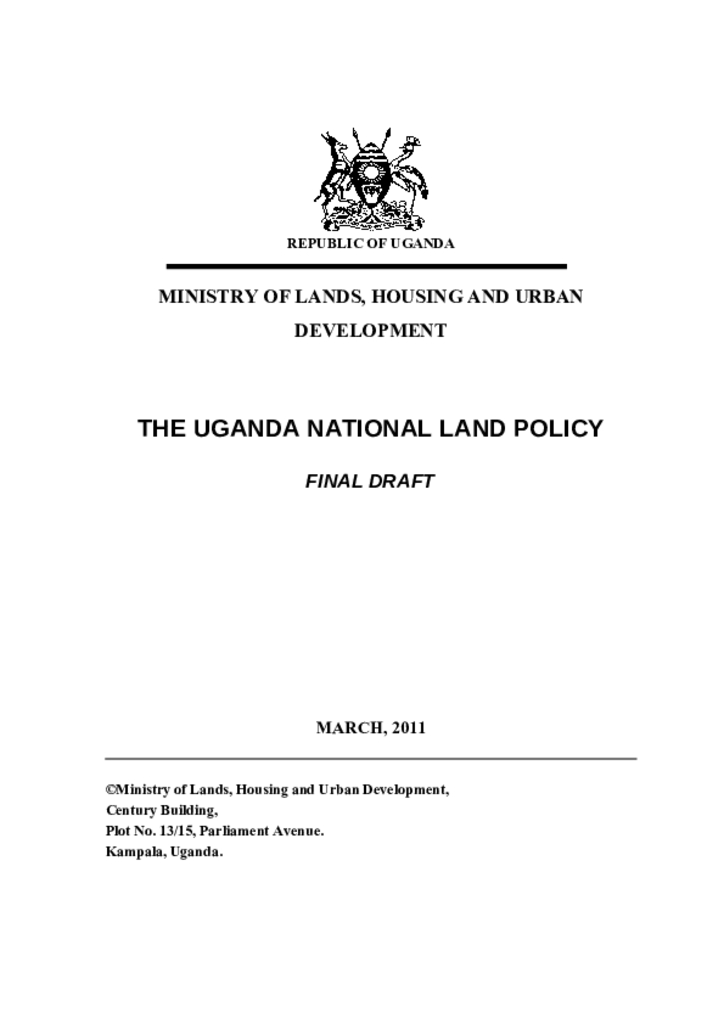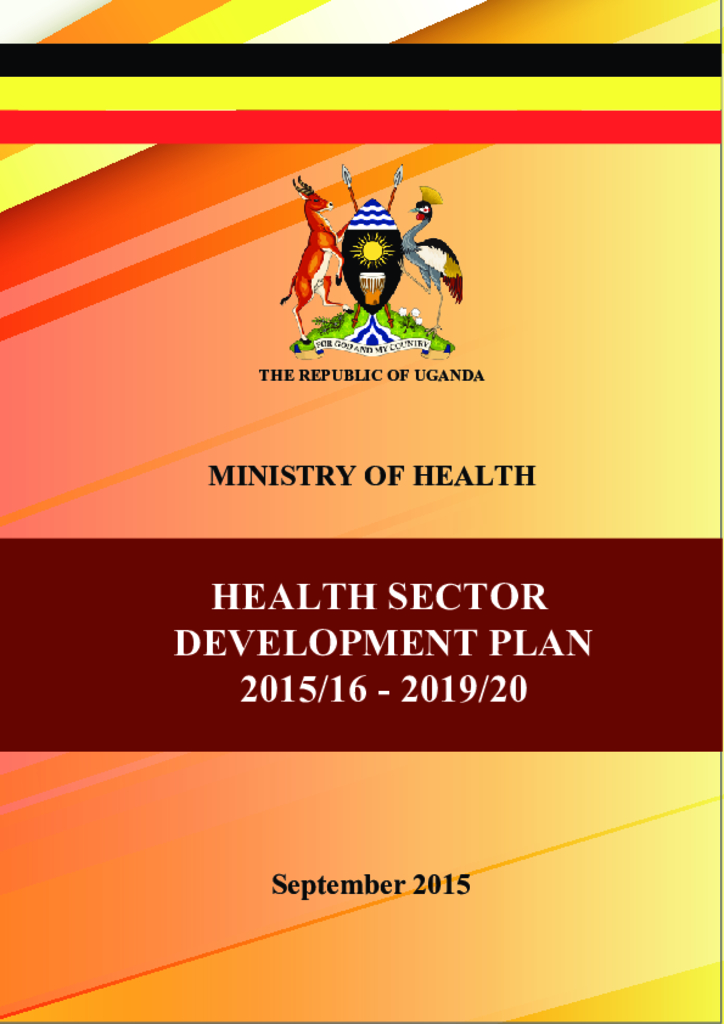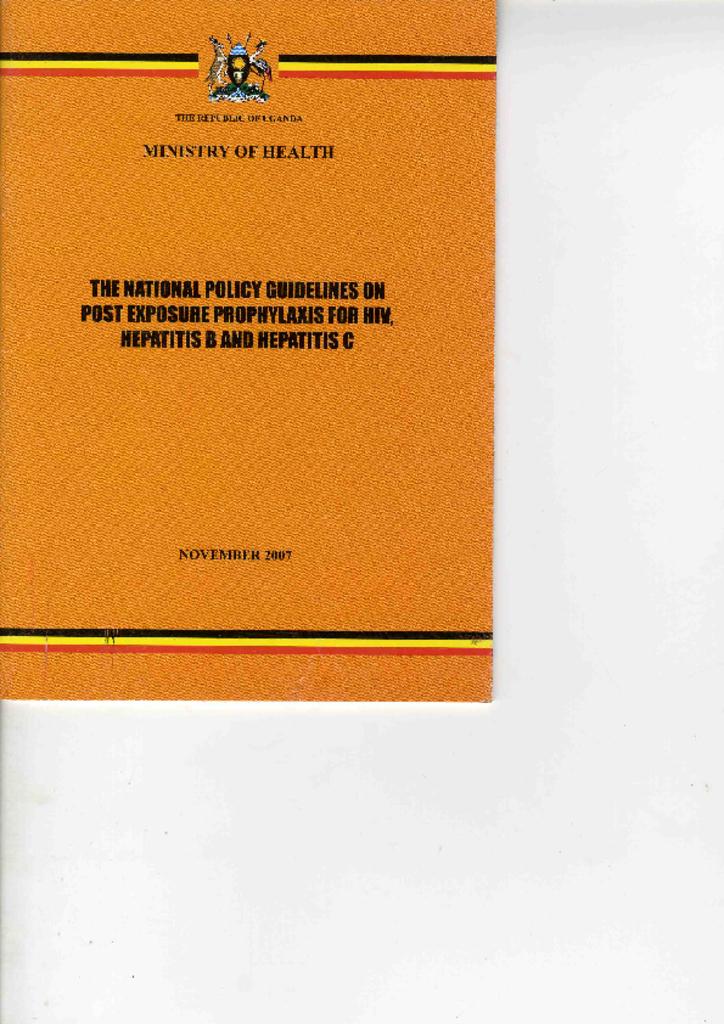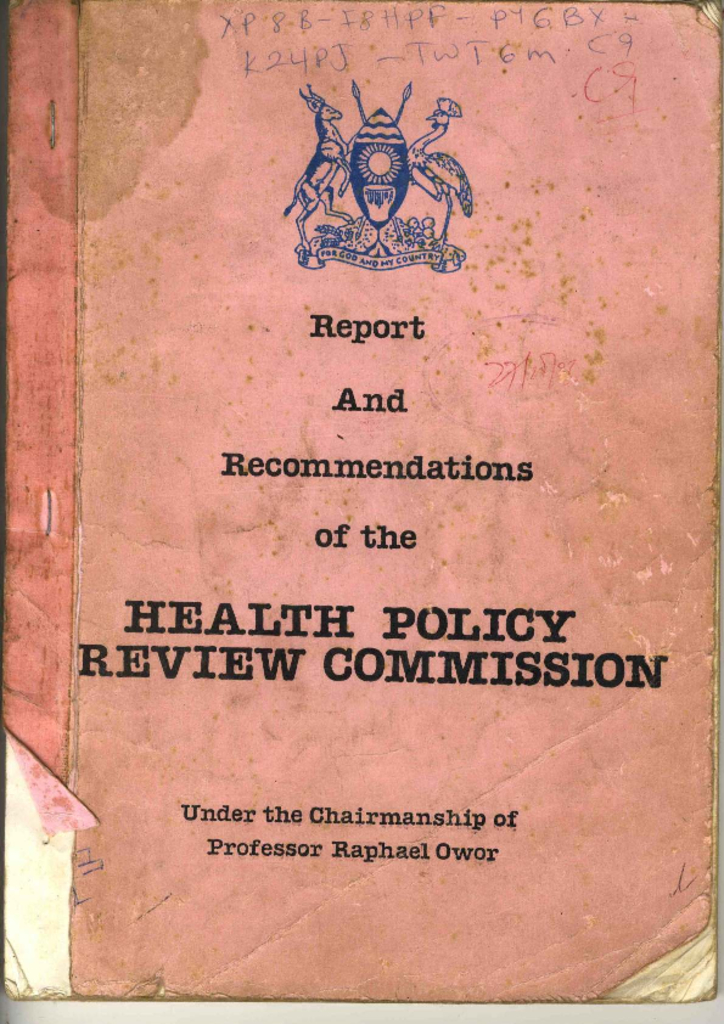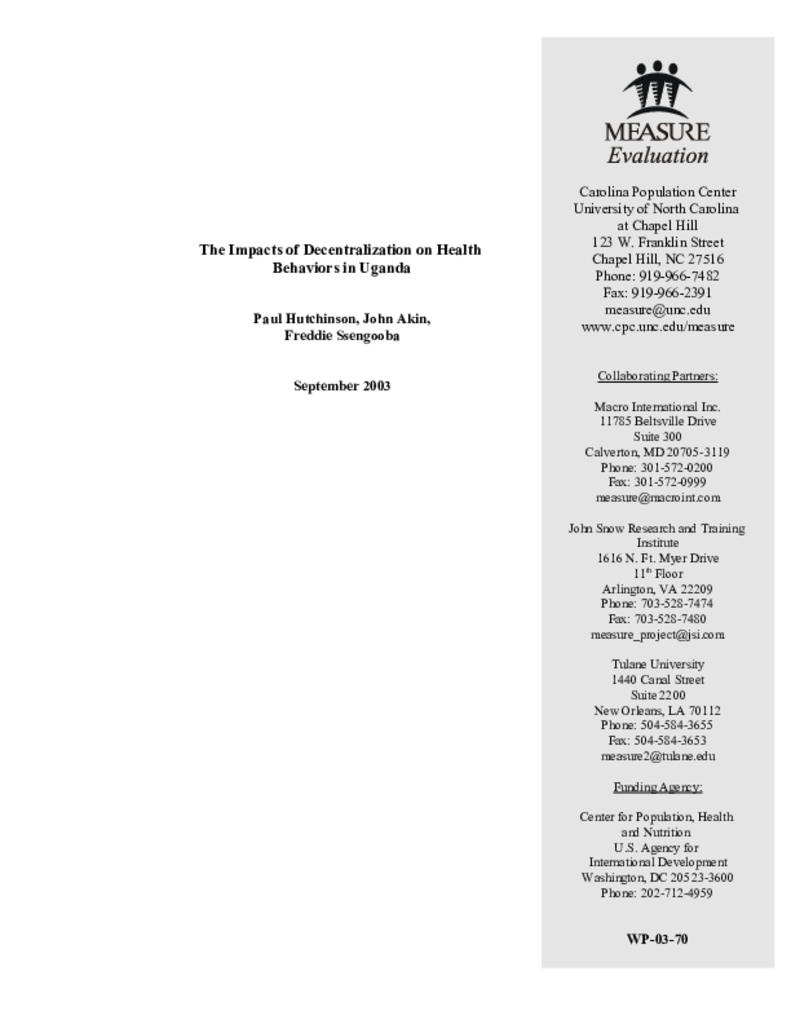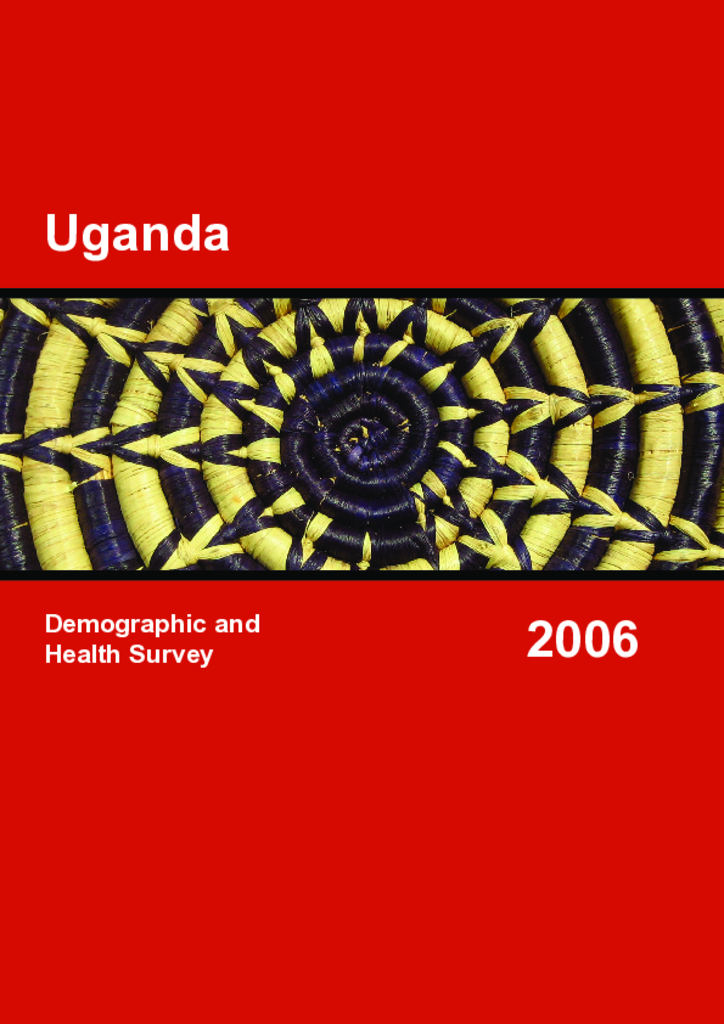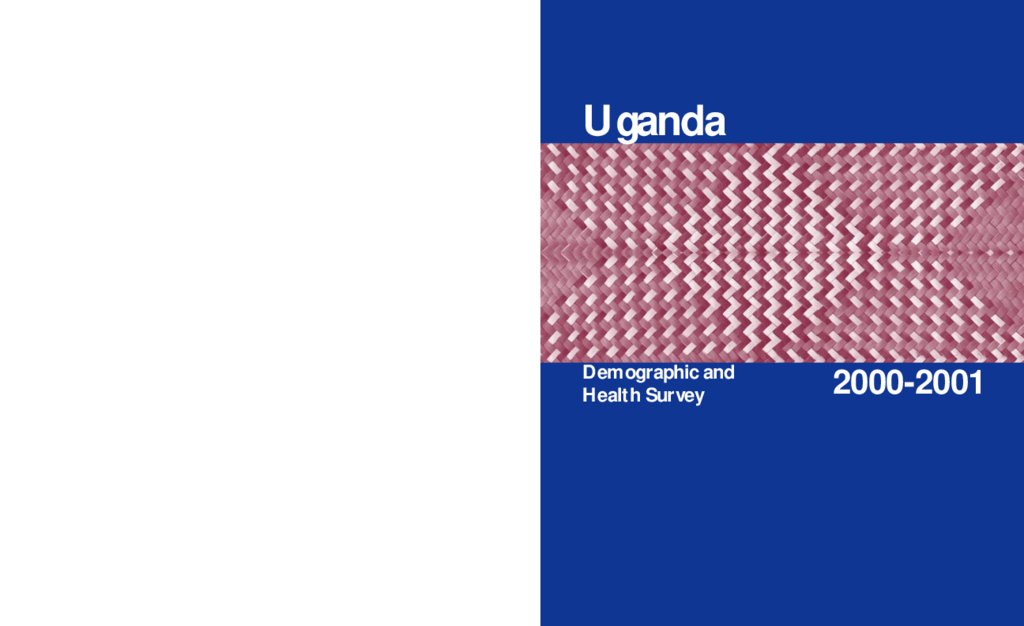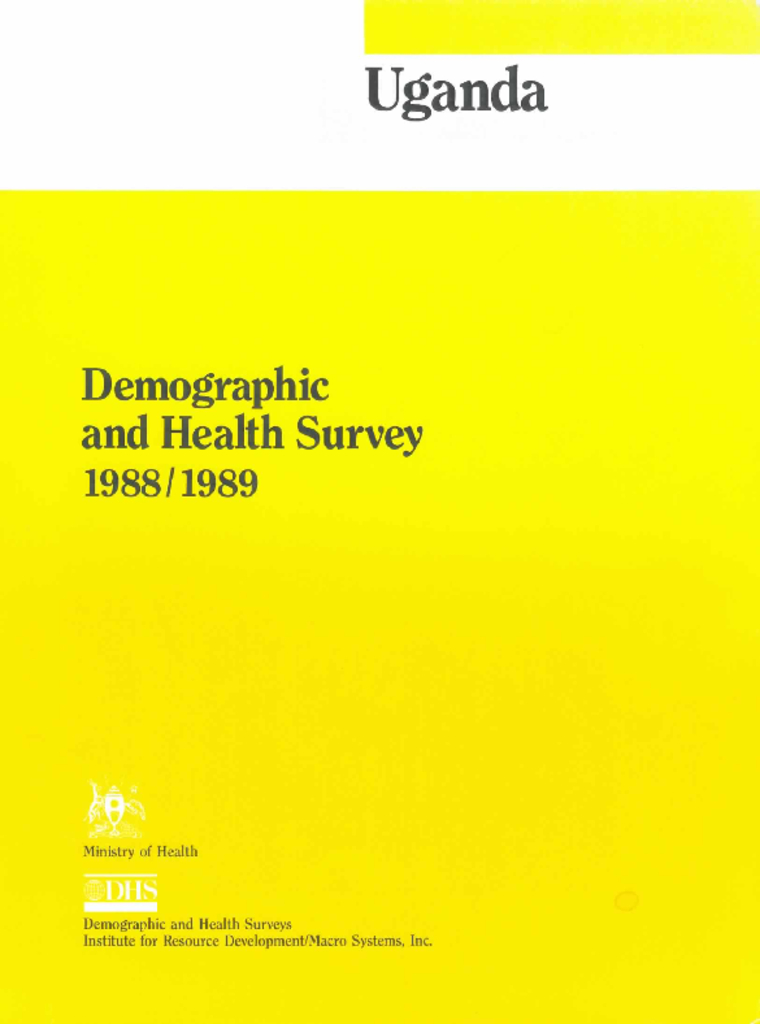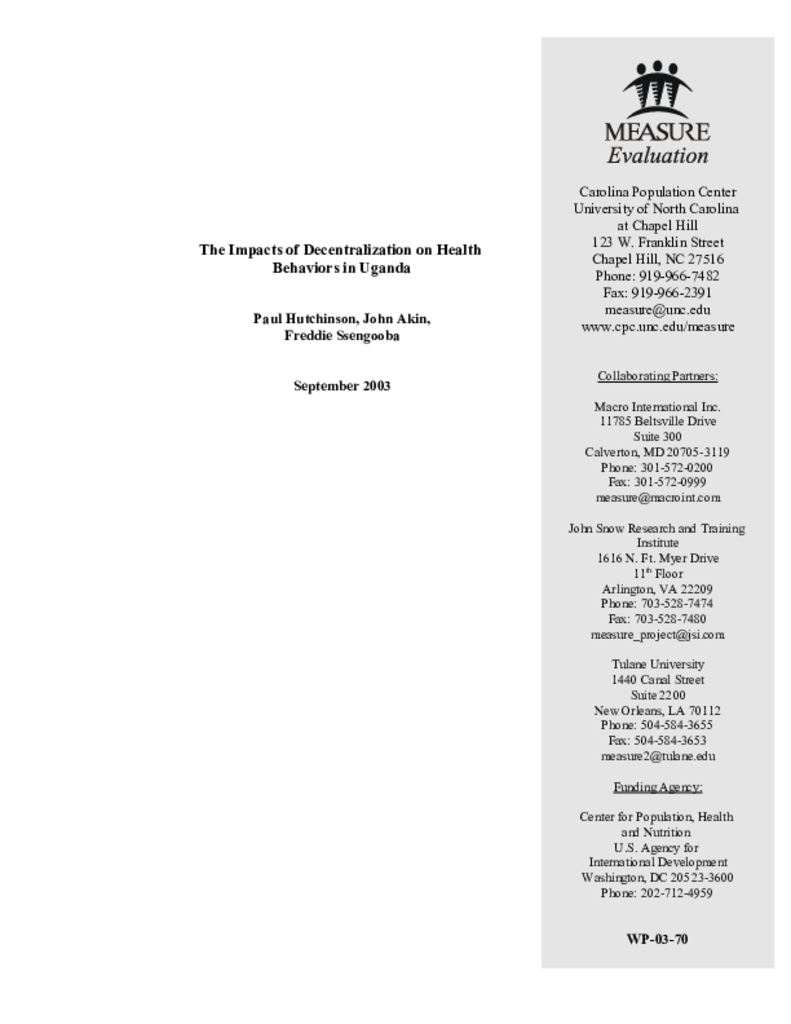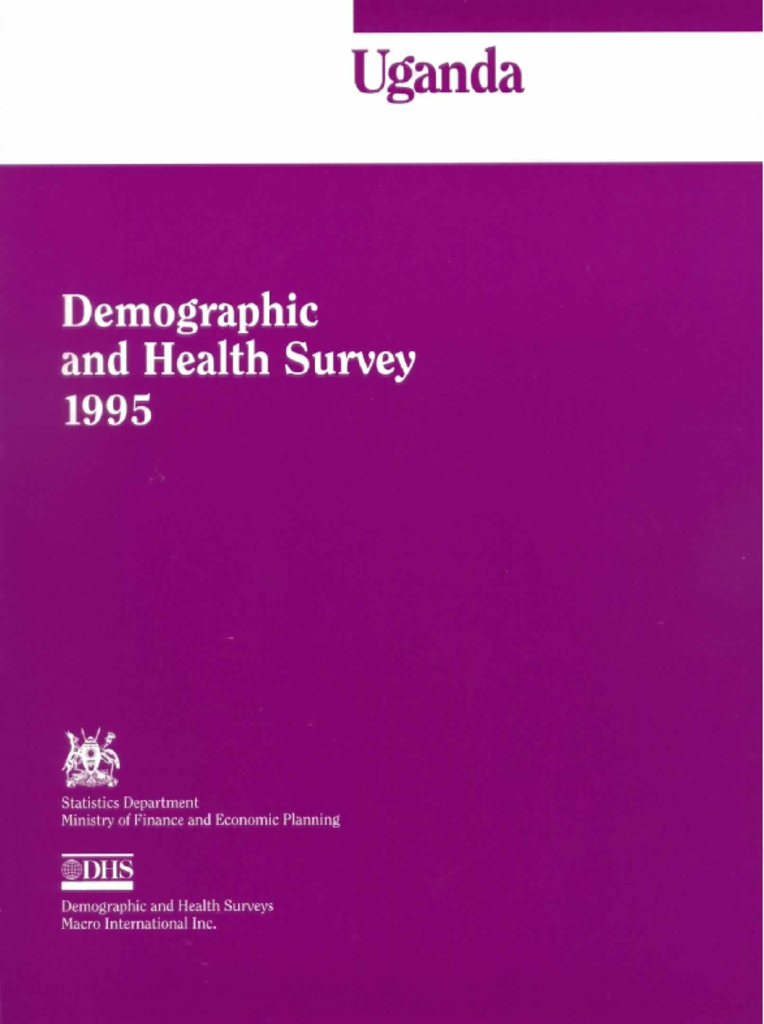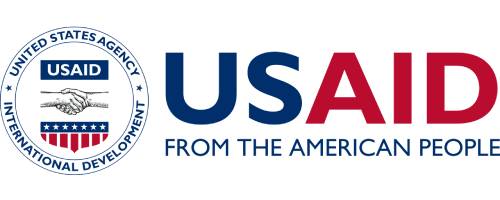In Uganda, land continues to be a critical factor, as it is the most essential pillar of human existence and national development. Uganda has never had a clearly defined and / or consolidated National Land Policy since the advent of colonialism in the nineteenth century. This National Land Policy, therefore, consolidates a number of scattered policies, which exist on various aspects of the land question, but are diverse, sectoral and
The second National Development Plan 2015/16 – 2019/20 was launched and sets Uganda’s medium term strategic direction, development priorities and implementation strategies. The NDP’s theme is "Strengthening Uganda’s Competitiveness for Sustainable Wealth Creation, Employment and Inclusive Growth" and the thrust is to accelerate transformation of Ugandan society from a peasant to modern and prosperous country within 30 years.
The management of Post Exposure Prophylaxis following occupational and non occupational exposure to HIV have raised in numerous areas of uncertainly for policy makers and health providers.
The Commission of Inquiry was appointed by the Mister of Health, Dr. Ruhakana Rugunda to review the rehabilitation and social infrastructure in the field of health service delivery under the chairmanship of Professor Raphael Owor.
This paper examines the impacts of a public sector decentralization program on the demand for health care in Uganda in the 1990s. This work is an extension of a previous paper, which provided evidence of a shifting of priorities by local governments in Uganda’s decentralized health system away from provision of primary health care, in particular the provision of public goods or goods with substantial consumption externalities, and toward provision of private health goods such as curative care
The 2006 UDHS was the fourth in the series that started in 1988. The primary objective of this survey was to provide up-to-date information for policy makers, planners, researchers and program managers, to use in the planning, implementation, monitoring and evaluation of population and health programs in the country. Unlike the previous three surveys which did not cover the whole country because of insecurity in some areas, the UDHS 2006 covered all districts of the country. In addition, the content of the survey was expanded to include questions on disability and gender-related violence.
The 2000-2001 Uganda Demographic and Health Survey (UDHS) was the third national Demographic and Health Survey in a series that started in 1988, with the second conducted in 1995. The major objective of these surveys was to collect and analyse data on fertility, mortality, family planning, and health.
Compared with the 1988-1989 UDHS and the 1995 UDHS, the present survey was significantly expanded in scope to include questions on gender issues, a malaria module, and blood testing for haemoglobin and vitamin A deficiency. Thus, the 2000-2001 UDHS will not only update the information from the 1995 UDHS but will also provide more detailed findings
The declining power of governments to address society’s big problems brings the conversation on to wealth inequality, the issue that in one shape or another really drives most of the risks facing the world today. Last year, on these pages of The Wealth Report, our keynote interviewee, Lynn Forester de Rothschild, expressed a hope that the Movement for Inclusive Capitalism, which she champions, would help create a fairer system of capitalism and globalisation
The Uganda Demographic and Health Survey (UDHS) was conducted at a time when Uganda needed baseline information for planning and implementing national and regional programmes.
The survey was conducted as part of the worldwide Demographic and Health Surveys (DHS) programme in which surveys are being carried out in countries in Africa, Asia, Latin America and the Near East. The UDHS used an ample survey designed to collect information on fertility, family planning, and mammal and child health.
This paper examines the impacts of a public sector decentralization program on the demand for health care in Uganda in the 1990s. This work is an extension of a previous paper, which provided evidence of a shifting of priorities by local governments in Uganda’s decentralized health system away from provision of primary health care, in particular the provision of public goods or goods with substantial consumption externalities, and toward provision of private health goods such as curative care
Like elsewhere in the world, nurses and midwives form the backbone of the health service delivery, constituting more than 60% of the health care work force in Uganda, (MOH, 2007). The quality and satisfaction with care largely depends on nurses and midwives in the health care system, (World Health Assembly, 2002
This report summarises the findings of the 1995 Uganda Demographic and Health Survey (UDHS) conducted by the Statistics Department in the Ministry of Finance and Economic Planning. Macro International Inc. provided technical assistance. Funding was provided by the U.S. Agency for International Development (USAID) and the Government of Uganda.
